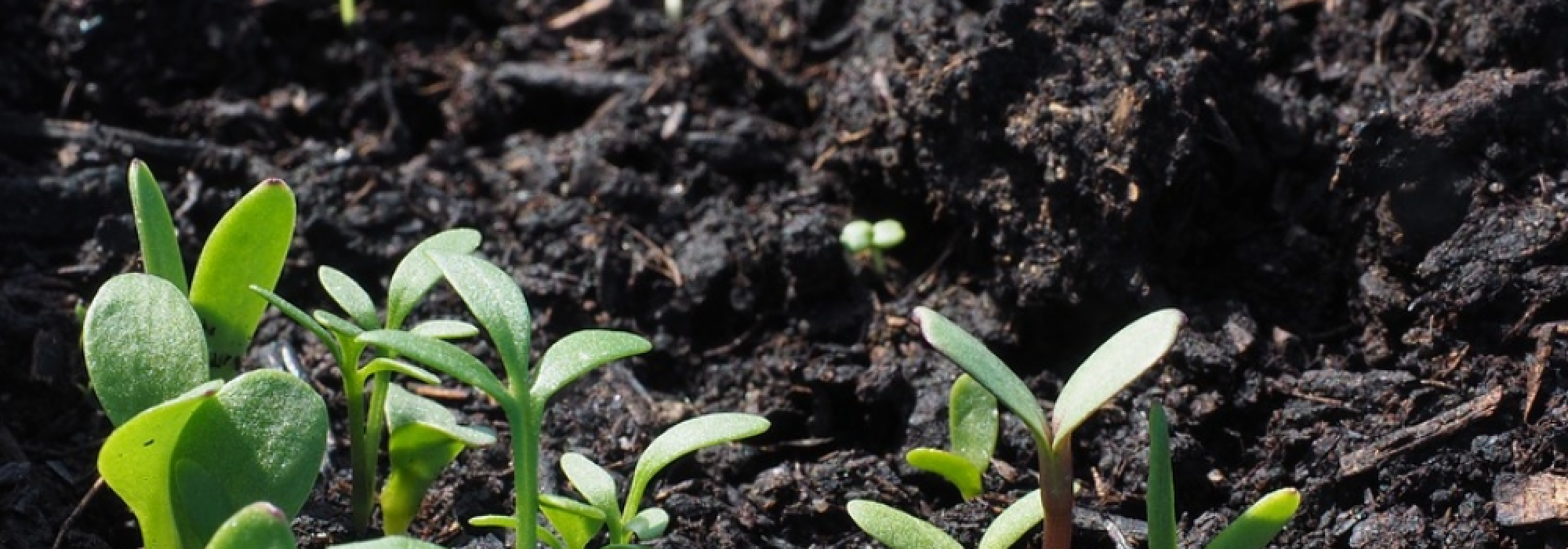Are You Looking After One of the World’s Most Important Resources?
Soil is one of the most valuable resources in the world and according to the Food and Agriculture Organisation ninety-five percent of global food is produced in soils. Soil has been seen by some as being insignificant and an inconvenience, especially when it becomes waterlogged, or the wind blows or the rain washes it away. However, soil is key to life and understanding soil enables better management of land whether a farmer, developer, forester, or gardener!
In recent years there has been an increasing awareness of the value of soil to crop growth and especially carbon capture and sequestration. Government targets to reach Net Zero carbon emissions by 2050 have driven this renewed interest in soil and looking at soil from more than just a crop growing structure. Sampling the soil enables landowners to know their current carbon store and what can be done to improve its level of carbon. At this stage the carbon market has more unknowns than knows and farmers and landowners would be sensible to analyse their soils but not sell any carbon credits. As it won’t be long before farmers are required to prove that they are moving toward net zero as well as other industries.
Whilst soil maps provide a helpful indication of the type of soil in an area, soil testing enables a greater understanding of soil – whether for nutrients and pH, soil structure, carbon and organic matter, or micronutrients and contaminants. Knowing and understanding your soil, not only enables you to plan fertiliser and muck spreading more accurately, but also what the best use of the land might be. For forestry, knowing the soil and land helps decide the most suitable species and density of trees to be planted.
Testing soil isn’t new and has been a requirement since The Farming Rules for Water were introduced by the Government in 2018. The rules limit spreading of fertiliser to certain times and puts the obligation on the farmer to ensure they understand the conditions of the land before applications. The rules state that “a land manager must ensure that the results of soil sampling and analysis are taken into account” when spreading fertiliser and muck.
In the last few months Environment Agency inspections have increased and the EA are requiring evidence of soil management plans for the farm, in part due to the requirements within the farming rules for water. Management Plans identify soil type and condition, and highlight issues that are possible risks and solutions to prevent them. Whilst this may seem over the top, it is good practice, and could save money by ensuring that applications of fertiliser, muck and lime are done when ground conditions are optimum. Additionally, it avoids nutrients entering the watercourse and this is part of the reason why the EA are taking more interest in soil management plans.
There are challenges of sufficient storage capacity for muck and slurry, however through the Countryside Stewardship the Government has provided grants for these issues, with funding for roofing over muck middens and slurry stores, which help preserve the quality of the muck and increase the capacity of the store and diverts rainwater to clean water drains.
The new Sustainable Farming Incentive provides options for soil improvement and many farmers have found introducing herbal leys into their system has extended the growing season and improved the soil structure thereby improving drought tolerance through the deeper roots. Clover has the benefit of increasing the nitrogen in the soil, meaning lime applications can be reduced. The varied sward provides additional benefits to animal health. The new SFI has an action which provides a payment towards soil sampling and analysis. Whilst not a large payment (currently £5.80 per ha and £95 per SFI agreement per year) it does contribute to the cost of producing a plan which farmers should have. If a farmer already has a plan in place, then they can use that (provided it’s done within the last 5 years). For anyone in a Countryside Stewardship scheme with low input grassland options, they have been required to have soil testing every 5 years. This is a sensible frequency for testing.
The recent announcement of new SFI actions to be released this summer, include actions relating to rewetting peat on arable and grassland soils. Using soil maps and analysing the soil on the ground helps determine the depth and condition of the peat. Doing this in the next few months places applicants in the best position to apply for these actions. As always, the full detail is yet to be released.
Soil is not just the key to farmers and foresters. Knowing the grade and structure of your soil is key for development. The National Planning Policy Framework requires that any development considers the “best and most versatile agricultural land” and “availability of agricultural land used for food production should be considered.” Agricultural Land Classification identify the soil structure and texture, along with other varying factors to assess the land grade. This enables developers to ensure they meet the requirements of planning policy but also understand the soil they will be developing whether for building or landscaping.
Soil is complex and appropriate analysis and understanding enables all who work with soil to manage it most effectively for the future. More could be said on soil erosion and degradation but space does not permit for this article. This shows that testing helps us have a better understanding of this resource to provide better management now but also plan for effectively for the future.
For more information, contact Nick on 01228 406260 or [email protected]

